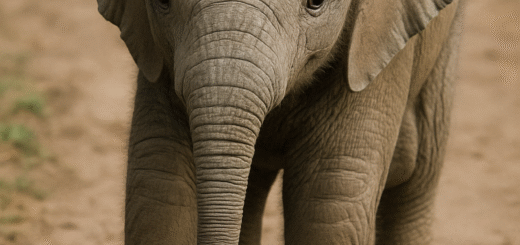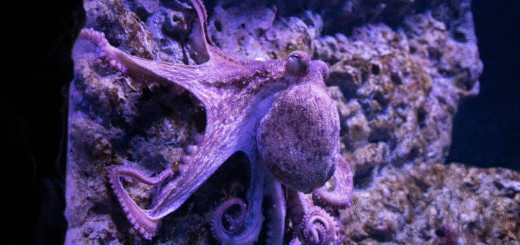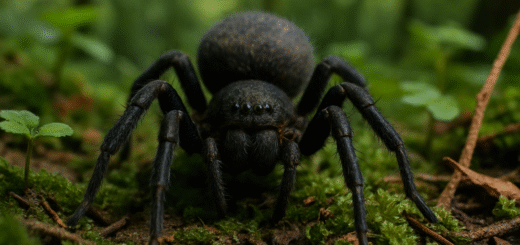How Animal Migration Shapes the Earth: Nature’s Moving Forces
Animal migration is more than just a seasonal journey. It’s a powerful ecological force that shapes landscapes, redistributes nutrients, and supports ecosystems across the planet. From the great wildebeest migration in Africa to the vast movements of whales across oceans, migrating animals influence not only the places they travel through but also the overall health of the Earth.
1. What Is Animal Migration?

Animal migration refers to the large-scale movement of species from one habitat to another, usually in response to seasonal changes, food availability, breeding needs, or environmental pressures. Birds, fish, mammals, insects, and even some reptiles participate in this ancient survival strategy.
2. Migration as a Natural Earth Shaper
Migrating animals contribute to shaping the planet in several key ways:
a. Nutrient Redistribution
Animals act as natural carriers of nutrients. For example, salmon transport marine nutrients inland when they return to freshwater rivers to spawn and die. Their decomposing bodies enrich the soil and support plant growth, benefiting forests miles from the ocean.
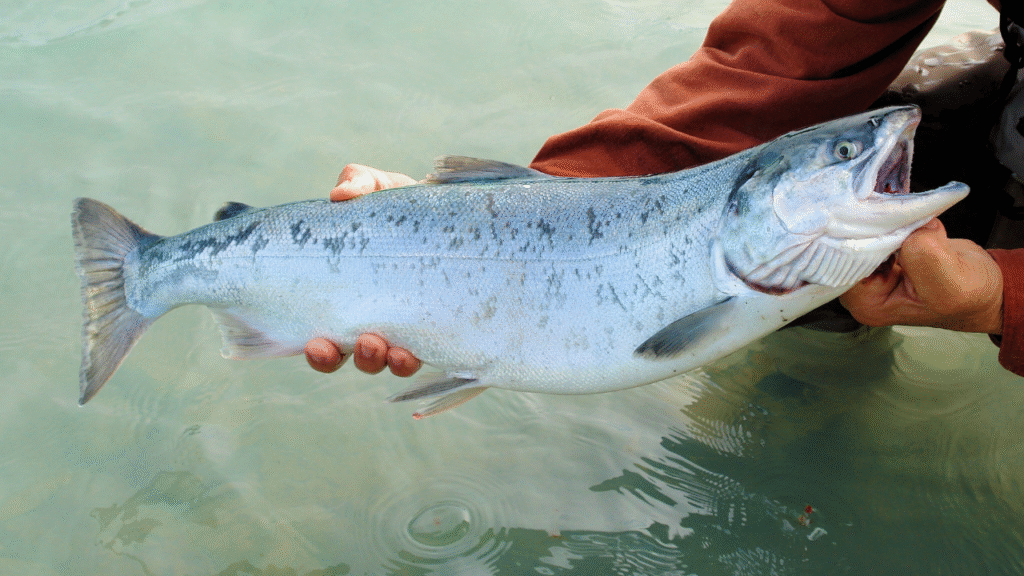
b. Seed Dispersal
Many animals spread seeds as they migrate. Elephants, bats, and birds eat fruits and defecate the seeds far from the parent plant, helping expand forests and restore ecosystems over time.
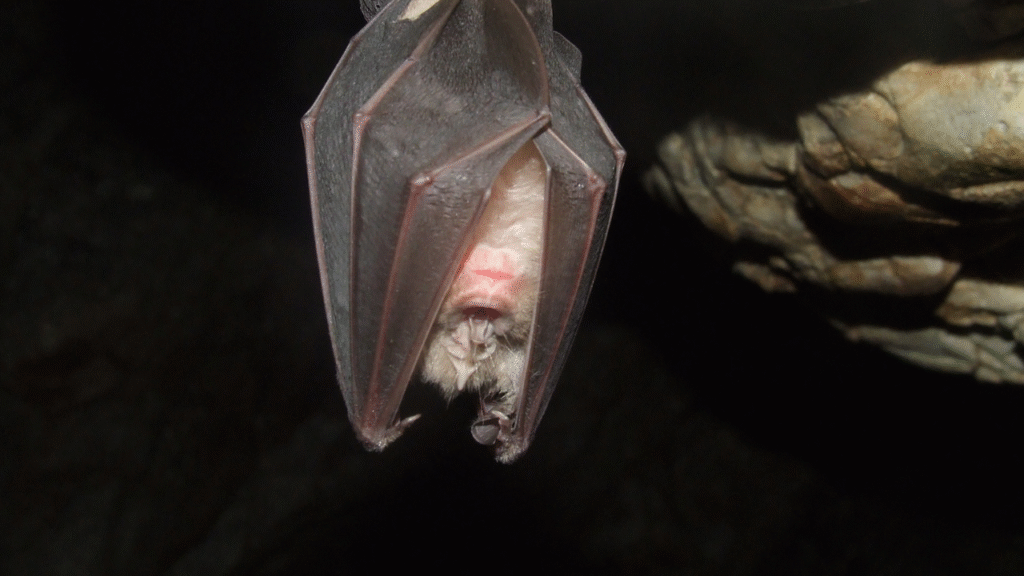
c. Soil and Water System Influence
Large migratory herds like bison and wildebeest trample the land, aerate the soil, and shape riverbanks. Their movements maintain grassland health and prevent overgrowth or erosion in certain regions.
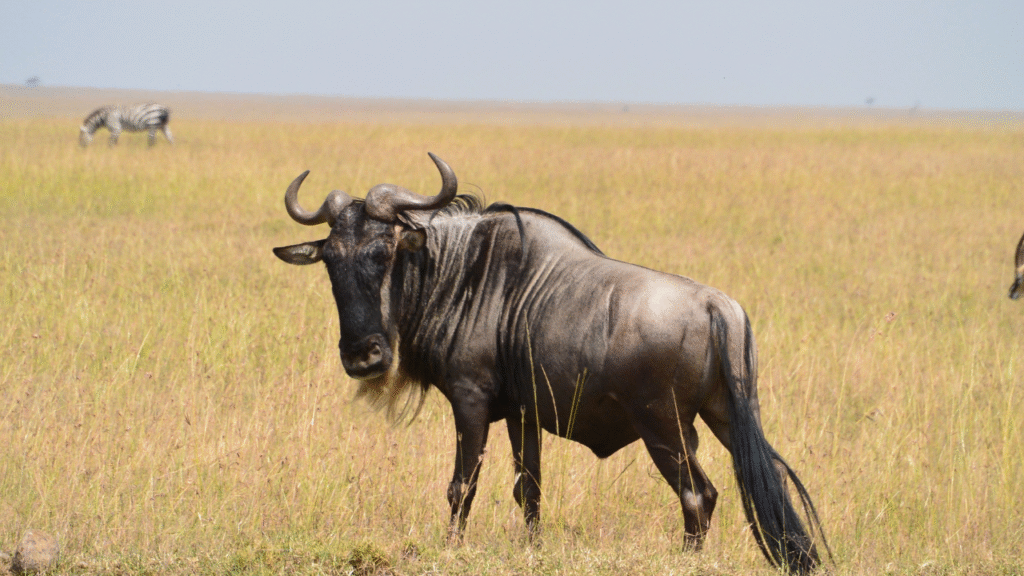
3. The Role of Keystone Migrators
Some migrating species are considered keystone species, meaning their movement patterns create ripple effects across ecosystems. The wildebeest migration in the Serengeti, for instance, supports predators, scavengers, and even fish populations in nearby rivers through nutrient cycling.
4. Threats to Migratory Patterns
Human activity is disrupting ancient migration routes. Urban development, fencing, deforestation, and climate change have fragmented habitats and created deadly obstacles. This not only endangers species but also destabilizes the ecosystems that depend on them.
5. Why Preserving Migration Matters
Protecting migratory species means protecting the planet’s natural systems. Migration connects ecosystems across vast distances, ensuring the flow of energy and nutrients critical to life. Efforts like wildlife corridors, protected marine routes, and international conservation agreements are vital for preserving these patterns.
Conclusion
Animal migration isn’t just a journey—it’s a planetary process. By understanding and safeguarding migratory paths, we help maintain the delicate balance of ecosystems that support life on Earth. The more we learn about how animal migration shapes the Earth, the more we recognize our responsibility in protecting it.

